Celery Farm History
By Jim Wright
Photos courtesy of the Allendale Historical Society
except for aerial photo courtesy of Stiles Thomas
Adapted from In the Presence of Nature, a 2002 coffee-table book about the Celery Farm.
"Once in his life, a man ought to concentrate his mind on the remembered earth. He ought to give himself up to a particular landscape in his experience; to look at it from as many angles as he can, to wander upon it, to dwell upon it."
— N. Scott Momaday, The Way to Rainy Mountain (1969)
A few miles south of the Ramapo Mountains, on the Piedmont Plain, sits Lake Appert and the heart of the Celery Farm Natural Area.
In a process that took eons, this shallow body of water has come full circle, from lake to bog to farm to lake. Many millennia ago, glaciers crept across North America, carving out valleys and basins. When the ice melted, the water transported huge quantities of sand and gravel into the lower-lying areas.
Along the highlands to the west of the Hudson River, a small lake formed in one of those depressions, and vegetation took root. As the plants decomposed, swampland encroached on the open water. The Wolf Clan of the Lenni Lenape Indians are thought to be among the first humans to live nearby. If one can judge from the arrowheads and primitive tools found in the area, the shallow lake and the Allendale Brook that runs through it provided a fertile hunting ground. The marshy area was known as Wolf Swamp.
The 1600s brought the Europeans, the eventual colonization of the area, and the demise of the Lenni Lenapes.
In the 1700s, Founding Father John Fell owned a large swath of property including what is now the Celery Farm Nature Preserve. By the time of the Revolutionary War, the lake had become a bog packed with thick black peat, and maps designated the marsh as Fell's Meadow.
In the 1800s, much of the forests were cleared for farmland. and peat became increasingly popular as a fuel. An enterprising developer got the idea of excavating and selling the sod from the swamp. Newspaper clippings from 1866 and 1884 tell the story of the enterprise's rise and fall:
"The work of developing these valuable resources was begun in Allendale, where J. J. Zabriskie of Ho-Ho-Kus has purchased a peat meadow which we judge to be about a mile in length and varying from a quarter to a half in breadth. A large force of hands was immediately set to work, and are now engaged in draining the grounds. It is intended to lower the main ditch running through it about two feet, which will drain the bog about 12 feet down, to which depth the deposit is known to extend. Cost of work, building machinery &c necessary to commence the manufacture it is estimated will be about $10,000."
— The Weekly Press (Paterson), August 9, 1866
"The old building in the middle of the big meadows at Allendale is a relic of the days when John J. Zabriskie, of Ho-Ho-Kus, thought there were millions in peat."
—Paterson Weekly Guardian, April 18, 1884
Zabriskie's lack of success wasn't for a lack of trying. He even installed a narrow-gauge rail track for several hundred feet along what is now the eastern edge of the natural area. Laborers cut the moist sod into blocks, stacked them in the sun to dry, then loaded them onto flatbed rail cars. Horses pulled the cars to a loading area, where the peat was placed in wagons at Franklin Turnpike for its trip to market. By the time Zabriskie finished, he had created a huge mucky gulch.
As the region's population swelled, farms gave way to houses, but the oft-flooded swampland lay abandoned by all but birds and animals — and the outdoorsmen who pursued them.
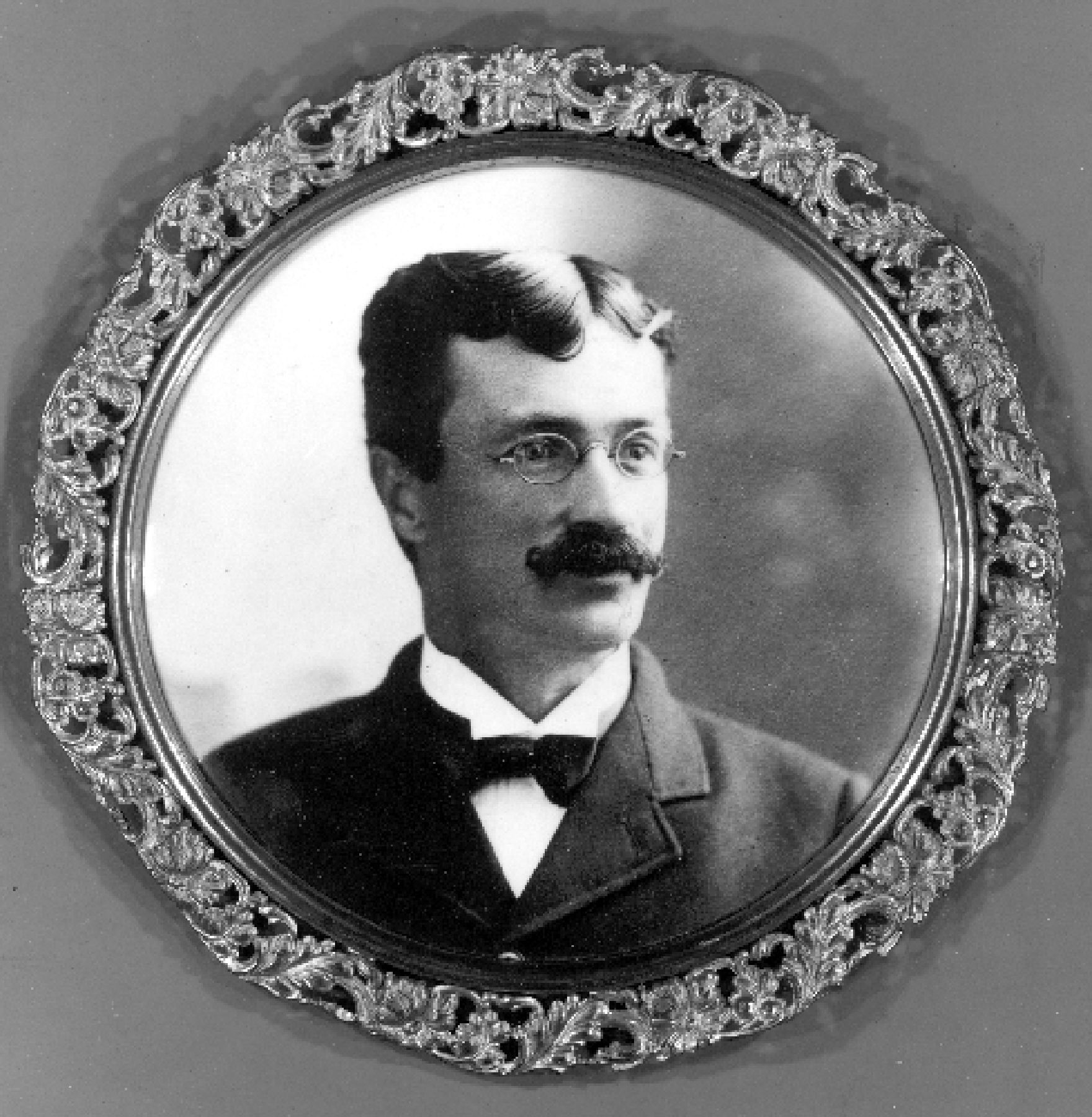
First they grew onions. Then celery.

Ms. Appert's niece, Mary Appert Schneider, says her uncle Arthur improved the celery crop by growing spinach and plowing it into the fields each fall. She says her brother Edward used to build crates at a half-penny per crate — and eventually made enough crates to pay for his first car.
In 1943, Arthur Appert retired and sold the enterprise to McBride, Inc., owned by Pater-son developer J. Nevins McBride. By several accounts, working at the farm was tough labor. One former hand, Don Wallworth, recalls working there as a Ramsey teenager in the mid-1940s. He says he always had a sure but difficult way to make a little cash: "Show up early in the morning at the Allendale Celery Farm."
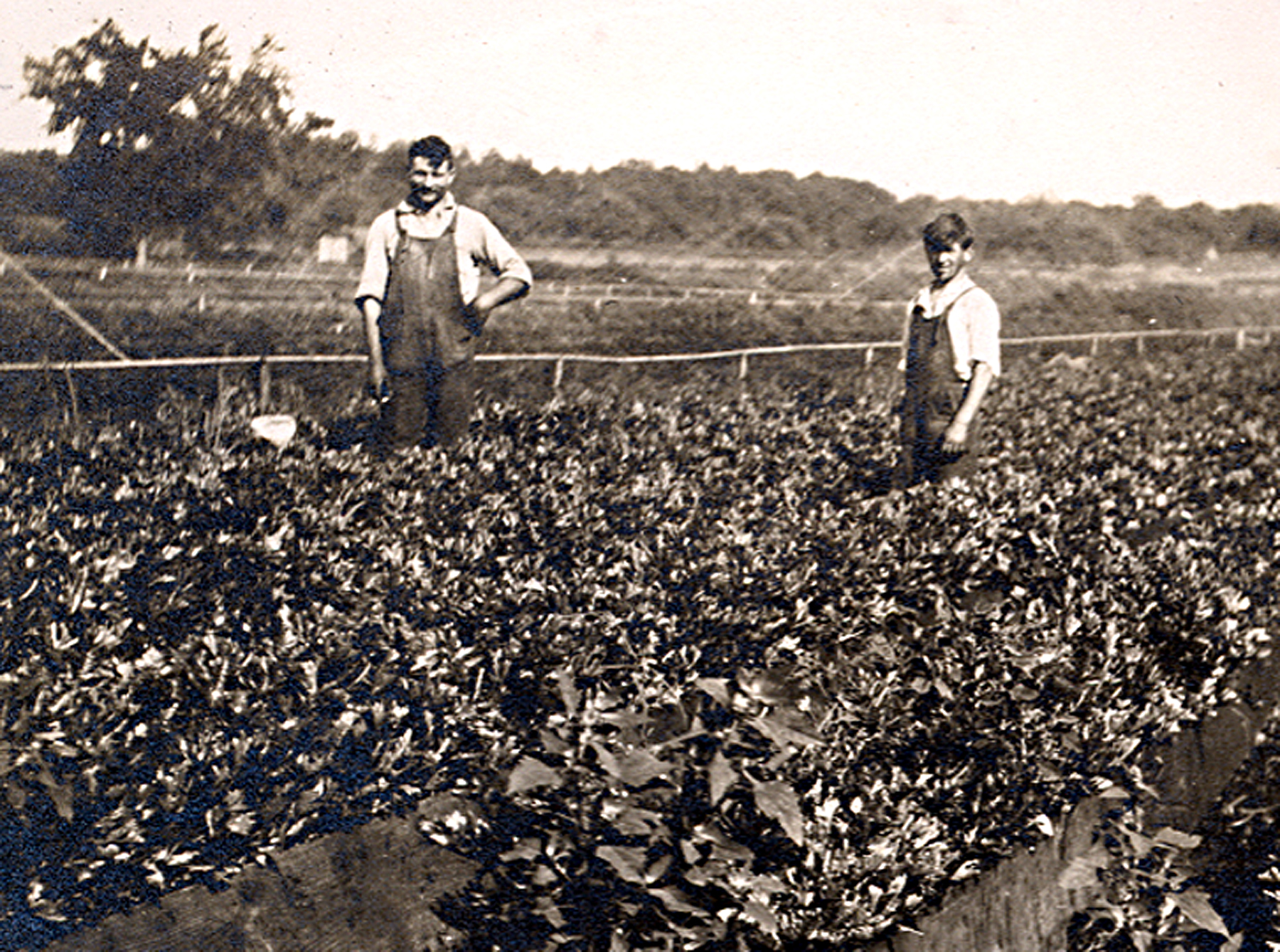
Another young worker, Paul Shannon, was luckier. He recalls that in the late 1940s, he helped build the crates to ship the celery nationwide. He was barely ten years old.
"I would ride my bicycle early in the morning from Waldwick, and then pound nails all day into wood slats that we placed into a form," he says. "When the form was finished, we had a box that the celery was packed into, moved to a huge wash house, placed on trucks, and shipped away. To this day, I can still smell the overwhelming aroma of celery as it sat in that wash house.
"As a child of the Depression, I was happy to be able to work anywhere and make a few dollars to buy clothes, a bike, or whatever. I still have a scar on my left arm where I put my hand into a barrel of nails, and a nail from the barrel lid tore into my arm.
"Whenever I go back East and drive by the 'jungle' that used to be the farm, I remember those wonderful days of youth, when life was real simple - it was survival."
The farm struggled as well. For one thing, the land tended to flood, despite all the drainage ditches and a pump house that had been installed to extract the excess water. A major flood in 1945 destroyed the farm's entire crop.
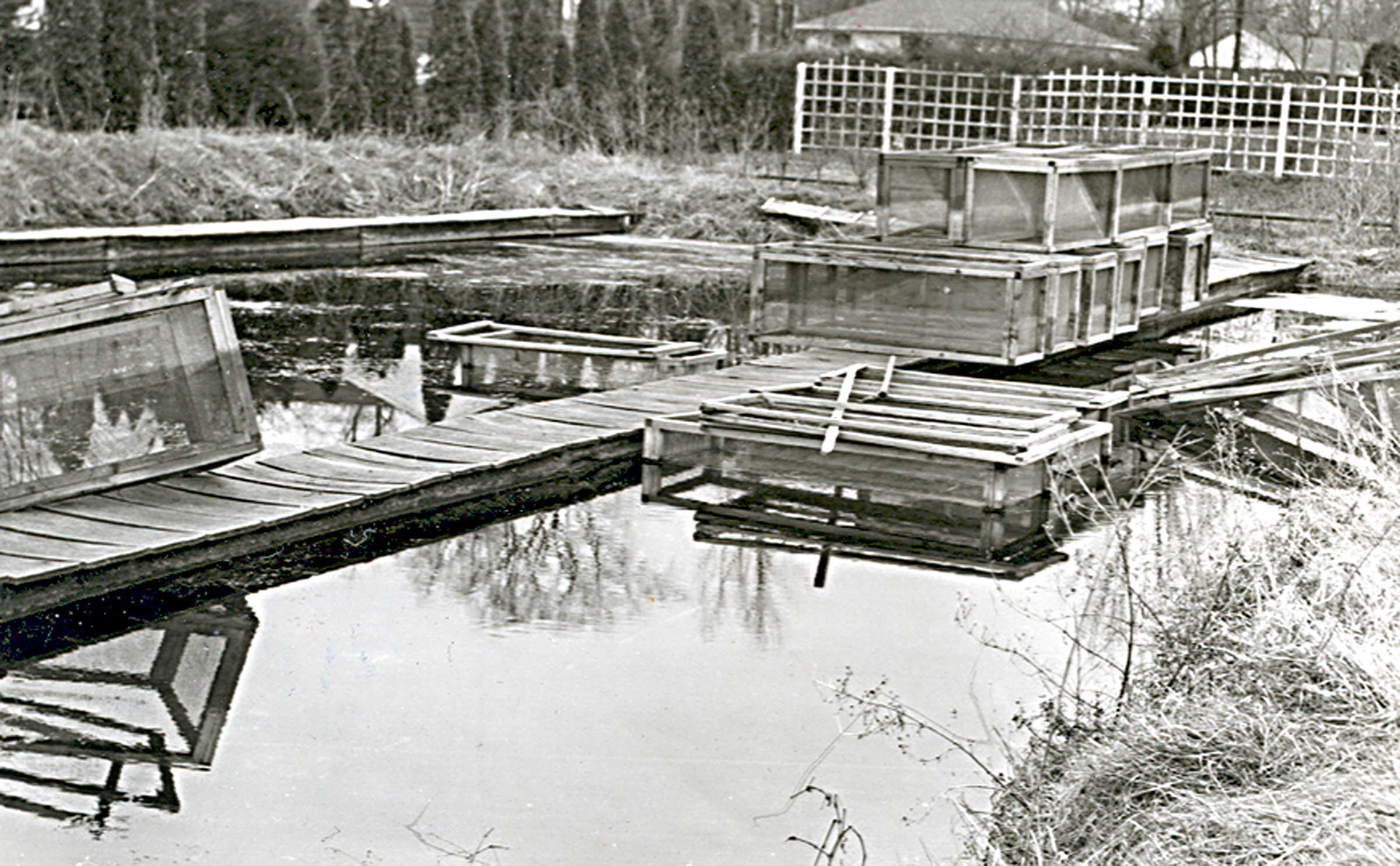
Local naturalist Stiles Thomas had always had it in his head that the land should be preserved as open space. He had hunted on the farm's fringes as a boy, and he knew better than most the variety of wildlife that wetlands attract. In 1956, when McBride first offered the land for sale, Thomas wrote to the U.S. Fish and Wildlife Service and proposed that the agency "secure the land as a preserve." Thomas conceded that the area was small compared with most sanctuaries that the agency ran but added ruefully: "Wetlands are hard to find nowadays."
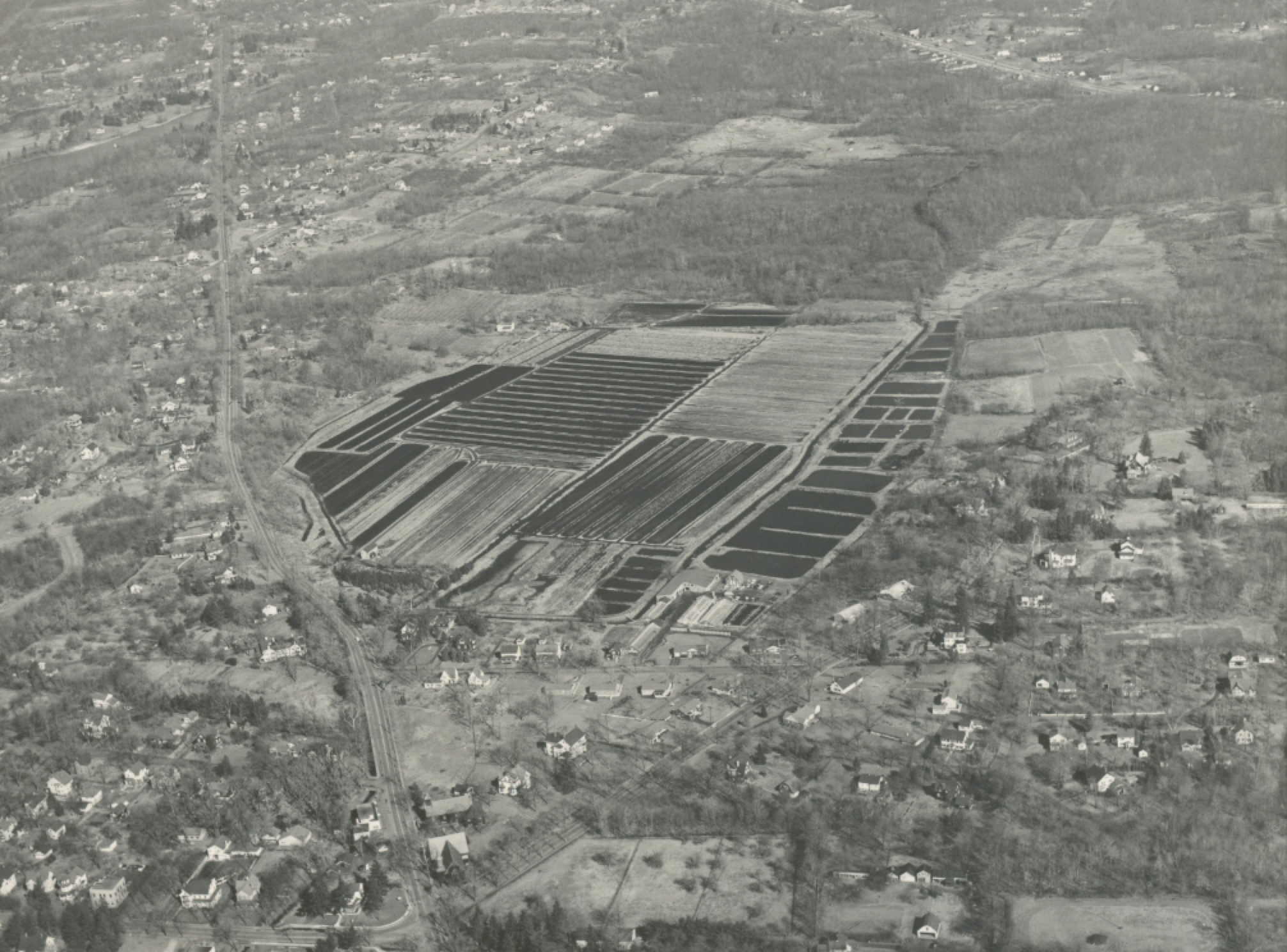
In the 1970s, the land was still for sale, and people talked of making it into a golf course. At that point, Thomas found an ally in another far-sighted Allendale resident — its mayor, Edward FitzPatrick. After repeated nudges, FitzPatrick arrived at Thomas' insurance office one day and said a dozen words that changed everything: "So, what do we have to do to save the Celery Farm?"
Once Mayor FitzPatrick became committed to saving the farm, things slowly fell into place. One of J. Nevins McBride's sons, Peter, was in charge of developing the property, and he was increasingly frustrated that he spent so much of his time trying to keep the land dry. He wanted to sell — for the right price.
Enter the New Jersey Conservation Foundation (NJCF). Since its founding in 1960, the foundation's mission has been to preserve environmentally valuable land in the public interest. The foundation works with all levels of government to choose property worth saving, negotiate with the owners, then come up with the funding to buy and hold the land until public officials can raise enough money.
Over the years, the foundation has helped save 77,000 acres in New Jersey — from the Walt Whitman House in Camden to the Wallkill National Wildlife Refuge in a northern corner of the state.
For the NJCF, the Celery Farm was a natural. Says David Moore, the executive director at the time: "We took one look and knew this was a place worth saving. Here, in the middle of suburbia, were these marvelous wetlands, filled with herons and egrets and all sorts of creatures."
Thomas and his allies made a strong case for keeping the land undeveloped. citing its value as a place where floodwaters In the Upper Saddle River and Ramsey watersheds could collect and reduce flooding downstream. They also reported that nearly 200 bird species, including such endangered species as the peregrine falcon and bald eagle, had been seen at the Celery Farm.
Peter McBride met with Moore and Darryl Caputo of the NJCF, and they eventually struck a deal: $170,000 for sixty mostly swampy acres. Said Peter McBride at the time, "We're in the real estate business and, ideally, we would have liked to develop part of the Celery Farm. But Darryl did the legwork and put together a package that we're reasonably happy with, and it's good for the town."
Through New Jersey's Green Acres program, Allendale received enough money in matching grants to take possession of the property. In 1981, it became the first town in America to purchase wetlands and save them as open space.
As Mayor FitzPatrick told The New York Times: "The idea is not to build anything on it. We're not trying to keep people out, and accessibility is pretty good. But this is not a park, it's a natural area."
Thomas and a local group of bird-watchers and conservationists, the Fyke Nature Association, volunteered to improve and maintain the land. They began all sorts of projects, from restoring habitat to building trails around the lake.
The only person who seemed irked by it all was J. Nevins McBride, who complained in a local newspaper that he had intended that the property remain drained of water and left in a condition that would permit athletics: "We were upset to see it revert to a bird sanctuary, although it is pleasant to walk through it in a very limited fashion."
Indeed, humans at the refuge have come under tighter controls over the years so that it can fulfill its mission as a wildlife refuge. Boating was prohibited because it disrupted birds, particularly during nesting. Fishing was banned as well because it was tantamount to hunting in a nature preserve, and because birds kept getting entangled in discarded nylon-filament fishing line. The town has tended to look the other way in regard to the generations-old tradition of ice-skating there. Lake Appert has been home to many spirited pond-hockey games.
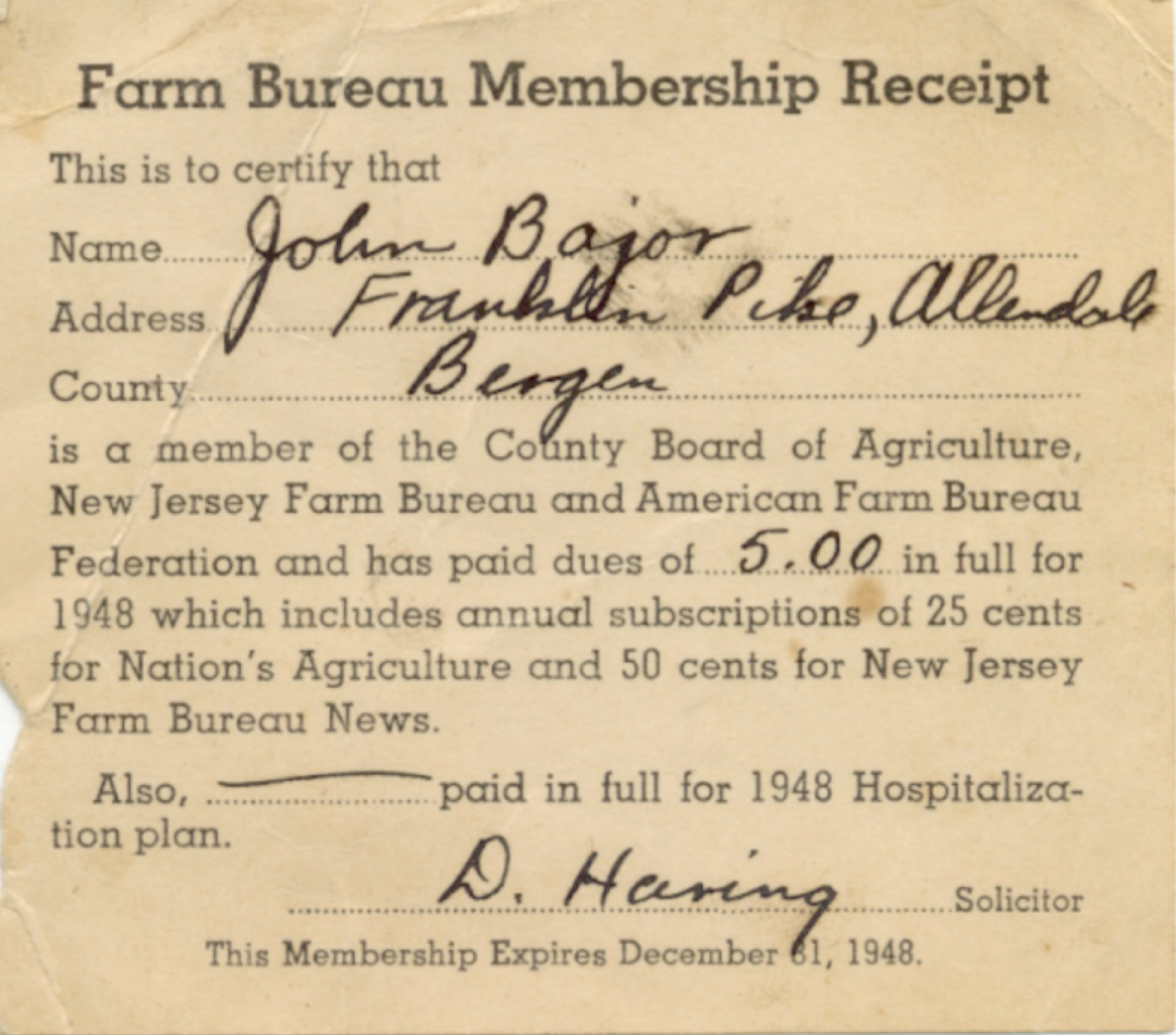
Each time a developer wanted to subdivide, Thomas worked to secure a chunk of land to add to the Celery Farm: Would a developer be interested in giving, say, several acres to the natural area in exchange for permission to build more housing per acre?
Often the answer was yes, but often that reply came after the developers had tried — legally or otherwise — to get their way. In other instances, success came in the form of zoning victories that kept developers from building or paving too close to what are the largest fresh-water wetlands left in Bergen County. And local property owners helped in at least one instance, donating three acres behind their home so the nature trail that circles most of the preserve could be completed.
Today the Celery Farm Natural Area has grown to more than 100 acres, surrounded mostly by houses, condominiums, and an industrial park. It won't be getting much bigger: Virtually no more nearby open land remains.
That makes the Celery Farm all the more treasured, both by the humans who "walk through it in a very limited fashion" and by the creatures who find sanctuary here.
